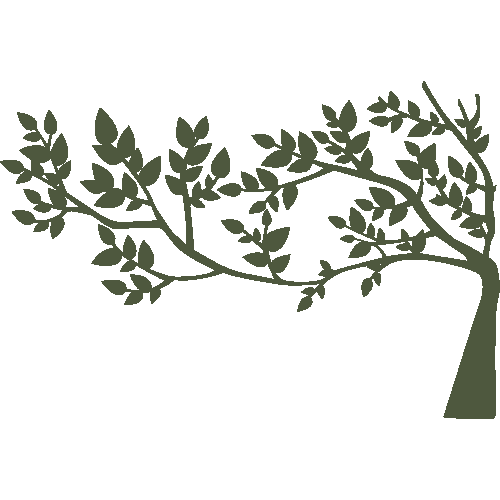Finding Flow in the Unexpected…
A Lesson from the Cairngorms.
Happy New Year! As we step into 2025, I hope this year brings you what truly lights you up.
This reflection comes from a memory of being in my element on a cold and wintery day in the Cairngorm mountains. Picture the scene: the wind howling, visibility reduced to a whiteout, and the cold biting beyond comfort. Despite the challenging conditions, I felt utterly alive—surrounded by the paradoxical mix of beauty and danger. It was a moment of joy born from the unexpected, a vivid reminder that sometimes the most profound happiness can emerge from unusual circumstances.
In that moment, I found myself immersed in what Mihaly Csikszentmihalyi, a pioneer in positive psychology, describes as flow: “a state in which people are so involved in an activity that nothing else seems to matter; the experience is so enjoyable that people will continue to do it even at great cost, for the sheer sake of doing it.”
What is Flow?
Flow is that magical state where everything aligns. Time warps—sometimes speeding up, sometimes slowing down. Your focus narrows, your worries fade, and you’re fully present. It’s an experience that many of us seek, often without even realising it.
Csikszentmihalyi identified eight key characteristics of flow, and on that snowy mountain, each one resonated:
Complete Concentration on the Task – Navigating the rugged terrain demanded my full attention, leaving no room for distraction.
Clarity of Goals and Immediate Feedback – Each step and decision was clear and purposeful, with immediate results visible in my safety and progress.
Transformation of Time – Time seemed to stretch and condense unpredictably.
The Experience is Intrinsically Rewarding – The sheer act of being there, immersed in nature’s raw power, was deeply fulfilling.
Effortlessness and Ease – Despite the physical demands, my actions felt natural and aligned with the moment.
Balance Between Challenge and Skills – The conditions were challenging but matched my capabilities, creating a perfect tension.
Merging of Action and Awareness – Every move felt instinctive, a seamless flow of action and awareness.
A Sense of Control – Even amidst the wildness, there was a sense of mastery over my choices and movements.
How Do You Find Your Flow?
Flow can show up in countless forms: losing yourself in a creative project, being fully present during a meaningful conversation, or achieving synchronicity in a sport or activity. It’s deeply personal and often arises in moments where challenge meets capability.
As we begin 2025, take a moment to consider: When do you feel most alive? What activities bring you into a state of flow? It might be something familiar, or perhaps, like me on that mountain, it’ll come from an unexpected place.
Coaching and Flow
In our coaching and positive psychology courses, we explore how to create the conditions for flow—whether that’s balancing challenge with skill, clarifying goals, or finding intrinsic motivation. If you’re curious about how to bring more flow into your own or you clients life, let’s have a conversation.
Here’s to a year of discovery, joy, and moments of flow.
#coaching #positivepsychology #nature
